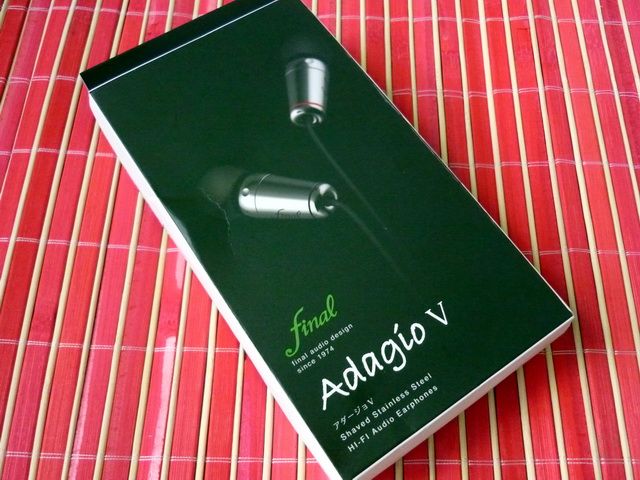
Spec
Driver: 8mm dynamic transducer
Sensitivity: 100dB
Impedance: 16ohm
Cable Length: 1.2m
Weight: 16g
Price: US$150
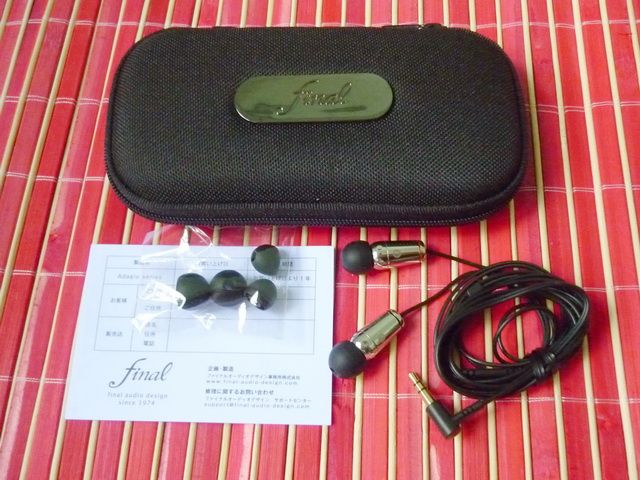
Packaging, Accessories and Build Quality
The packaging is pretty bland with nothing much beside a thin paper box. Inside, you will find the IEM itself in a large and well made hard case and just three pairs of eartips. While the eartips are decent in quality, the mid size is a tad larger than it should. Sony hybrid and Comply 400 series should both fit Adagio V’s wide nozzle without a problem and aftermarket eartips are definitely recommended if you plan on buying a pair of Adagio V – not just for better fit, but they will serve to dampen the bright sound a bit. However, that’s a discussion for the next section.
Build quality wise, Adagio V is above average. The main housing is made out of stainless steel in barrel style configuration where cable exits out on the back. We have seen similar material and design on Atomic Floyd SuperDarts before. While Adagio V isn’t nearly as gorgeous as SuperDarts, it isn’t too shabby either. The cable looks okay but microphonics is surprisingly low. While the IEM can be wore over-the-ear, the long housing does make it less than very convenient. The 3.5mm plug is quite well moulded. Isolation is below average.
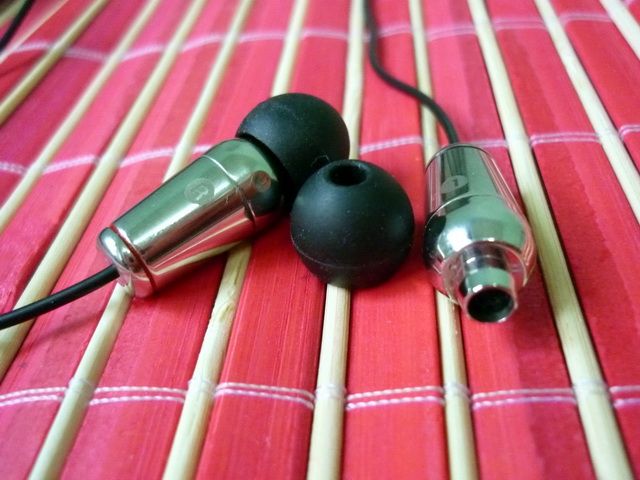
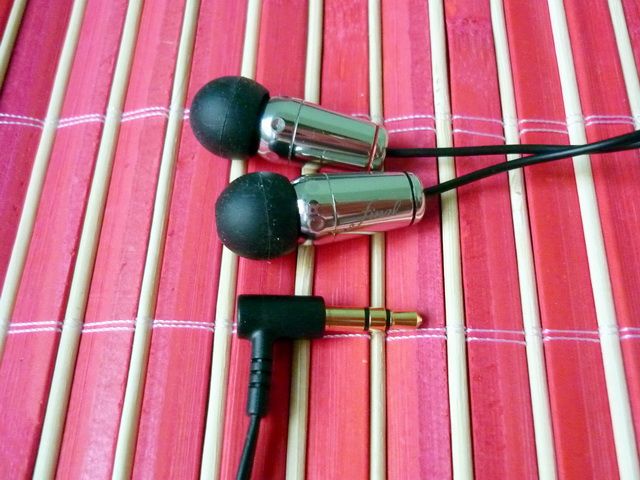
Sound Quality
As usual, 50 hours of burn-in was given before the review.
At low volume, Adagio V sounds laid back but with good clarity on upper vocal. On normal volume however, it soon turns into a mild U-shaped sound that is bright, piecing and grainy. Though gently roll-off under 100Hz, bass still reaches down deep to almost 20Hz and almost neutral in quantity, if not just a little more. Lower mid seems a little hollow while upper mid, noticeably on the 6kHz to 7kHz region has a big spike that adds a lot of sibilance and graininess into the music. Treble extends well up to the top, decently detailed but nothing spectacular as most detail is constantly overshadowed by sibilance.
Adagio V’s presentation is best compared to Panasonic RP-HJE70, where both offer a U-shaped sound that has a brighter upper vocal. The difference is that HJE70 is more upfront and less bright, while Adagio is more laid back with a deeper V shaped sound – perhaps calling it a ‘deeper V-shaped sound’ isn’t the best description, as the impression comes not from a bigger bass, but from the hollowed out lower mid that lacks texture and body. The hollowness isn’t all bad as it does give Adagio V a better sense of space. However, whatever Adagio is doing better than HJE70 is also overshadowed by its over-the-top sibilance issue and therefore doesn’t actually sounds any better in comparison. Sibilance is so bad that unless a minimum of -6dB EQ is applied over the 6kHz region, I was unable to listen to the IEM for a complete song. It is by far one of the worst sibilance I have reviewed and make most other cases look mild in comparison. While using aftermarket eartips such as Sony Hybrid and Comply foam tips do help to tame it a bit, it is not enough to fully fix the issue.
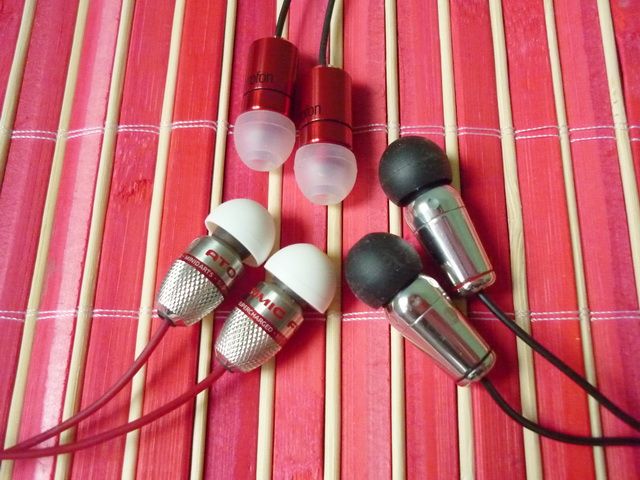
Barrel (or bullet) style IEM: Ortofon e-Q5, Atomic Floyd SuperDart and FAD Adagio V
Verdict
There is nothing wrong of being a designer’s brand when it is done right. I rather enjoy the EOps noisezero Sport+ that is designed by Michael Young in cooperation with Coca-Cola. The downfall of Adagio V is however not about what I think of FAD as a brand but my intolerability to sibilance of such a high degree. Thus my recommendation of this IEM is limited only to those who actually don’t mind brightness in every bit, like sun bathing during high noon in the middle of hot desert. If you can't stand even the idea of brightness however, it will be better to just stay away.
Big thanks to Amos (Currawong@Head-fi) for giving me his pair of Adagio V for the review.





